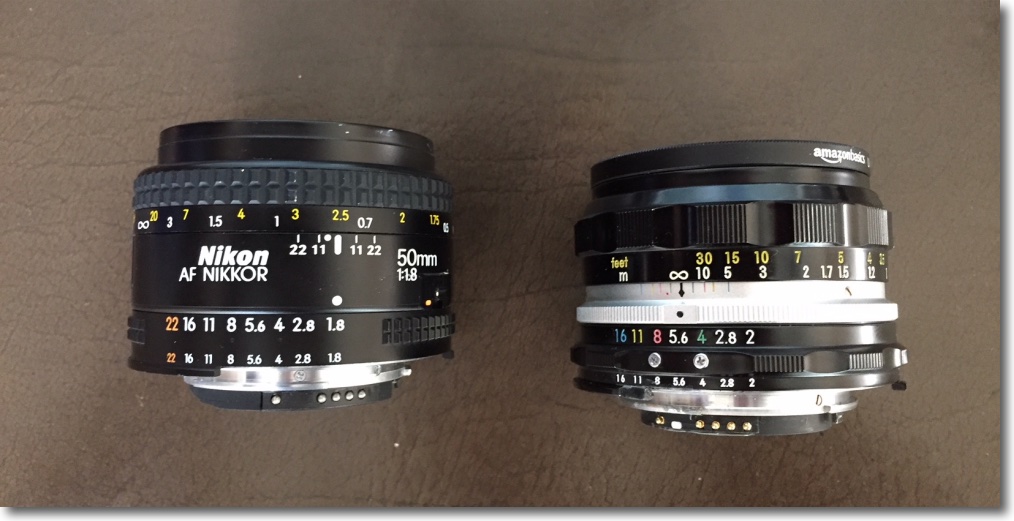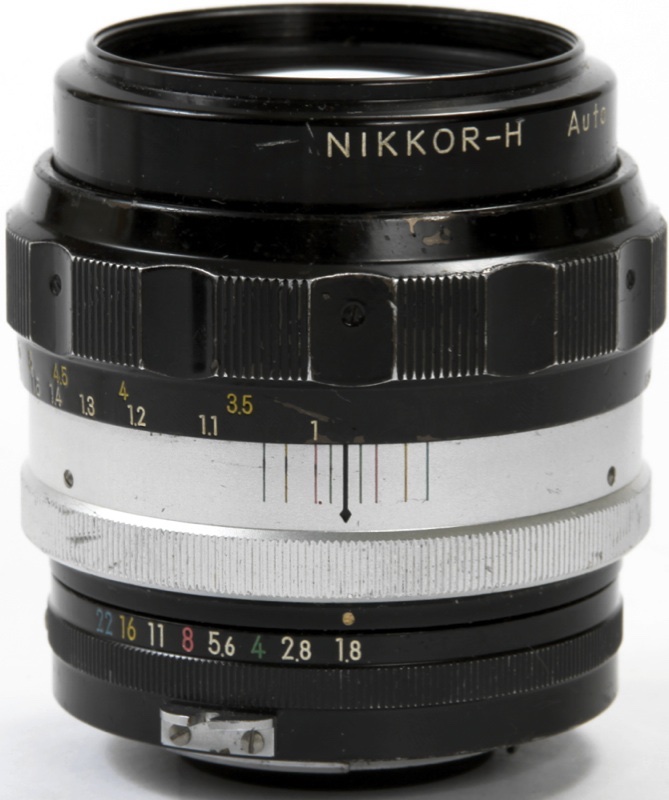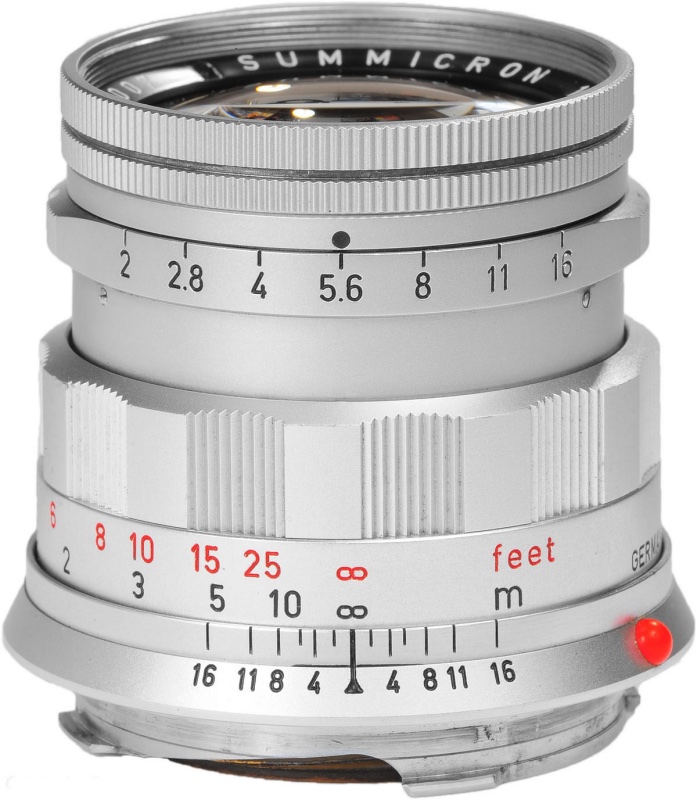Plastic fantastic and the Real Thing.

The AF on the left, the Real Thing on the right. 5.6 oz with AF against 7.2 oz without.
There really is no earthly reason why lenses encased in plastic or resins should be any worse than their metal enshrouded predecessors. On impact plastic is more likely to ‘give’ than dent, and the attendant benefits of light weight and durability are non trivial. Plastic bodies get glossy with wear, whether on a camera or lens, but retain their black finish, unlike plated or anodized metal. And nearly all of today’s Nikons use tough and light crinkle finish resins in the G series optics which are optically the best there is at any price. I own one of these, the Nikkor 35mm f/1.8G AF-S DX lens, a 50mm FFE for the APS-C Nikon D2x, and it is excellent optically and durable mechanically. It shows barrel wear in an understated manner. And look at any old, maltreated metal era Nikon with a scalloped focusing ring where the black anodizing has worn off and you have something really ugly on your hands.

It does not get much uglier than this.
But show me an unsullied original of that metal era wonder and I will show you mechanical beauty from an era when lens design and execution reached new peaks, peaks largely emanating from Nippon Kogaku, Tokyo.
The 50mm AF (pre-D) Nikon shown above is a product of the 1990s and I can only think times must have been especially hard at the factory in Tokyo. The design of the plastic barrel is simply awful, devoid of ergonomics or artifice, and Nikon has abandoned its gorgeous engraving of numbers on the lens to screen printed paint, which eventually simply rubs off. This design awfulness extends to many lenses in the AF/AFD era, all using the competent if somewhat Rube Goldberg ‘screwdriver’ design to confer autofocus via a coupling in the bayonet mount. Many late film era and better grade digital bodies from Nikon provide this capability. (The later AFD lens variants are optically identical but add a distance reporting CPU for better operation with selected Nikon flashguns).
No, there really is no excusing the sheer awfulness of the looks of the AF/AFD 50mm Nikkor. Just one look – better still a feel – of the metal era 50mm f/2 Nikon HC lens (HC means six elements, multicoated; the earlier single coated version was simply ‘H’) tells you how a lens should be made, but the proof of the pudding is in the eating. How do they compare optically?
Well, sad to relate the newer lens is optically worse in every regard at every aperture, center or corner. It shows high chromatic aberration fully open (color fringing) where the old lens shows none, it hotspots the center of the image below f/4 and the micro-contrast which the older lens delivers in abundance is simply missing in the AF lens.
But by all means buy the AF if AF is what you need. The very high standards of the metal era optic may not be equalled but we are talking state-of-the-art here, even by today’s standards. If the Leica Summicron is the reference for all 50mm lenses, then the 50mm f/2 Nikon HC more than gives it a run for the money. The AF/AFD will deliver decent results and at under $70 for a mint example is hardly a material economic drain. But, goodness, it feels awful to use. And using an ugly tool has never improved my images.

The 50’s era Summicron. Beauty and performance.
While there is nothing to choose between the optical performance of the 50mm Nikkor and Summicron of the era – though the Summicron will run you ten times as much as the Nikon on the used market – the Leitz lens comes with one nice plus. The finish is chrome plating and incredibly tough. I have never seen one worn through to the underlying brass. By contrast, the thin anodizing on the Nikon wears easily, leading to the ugly result shown above.